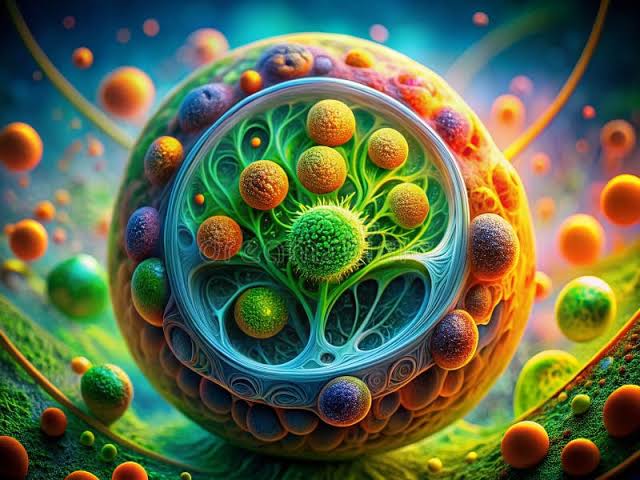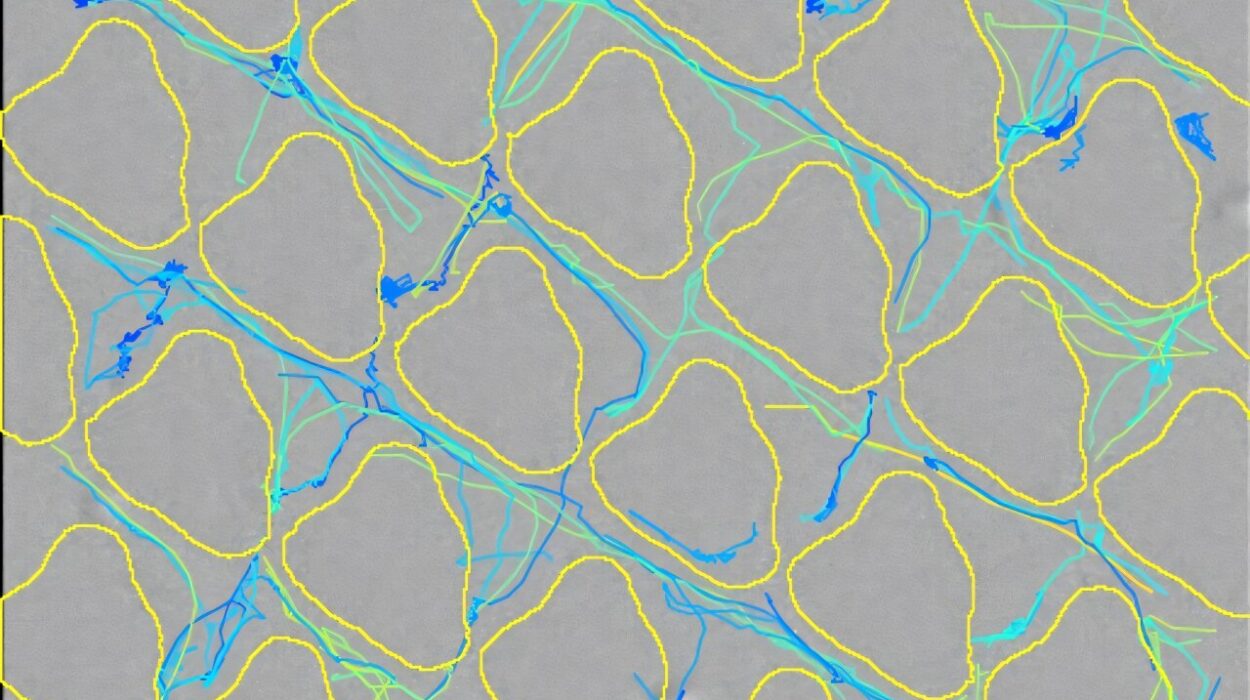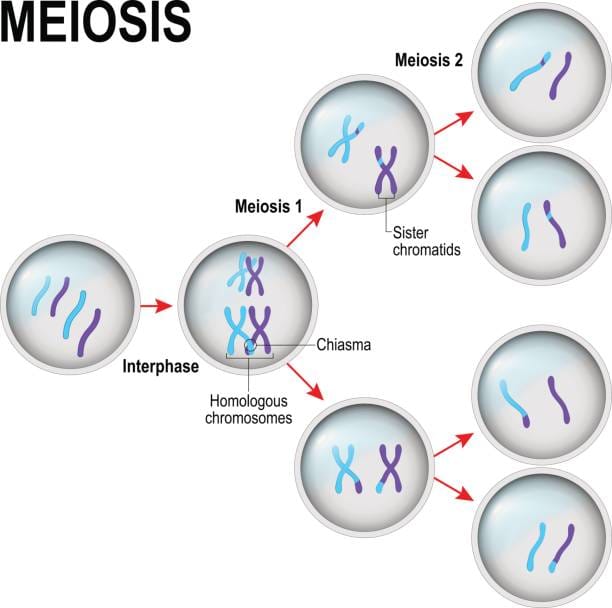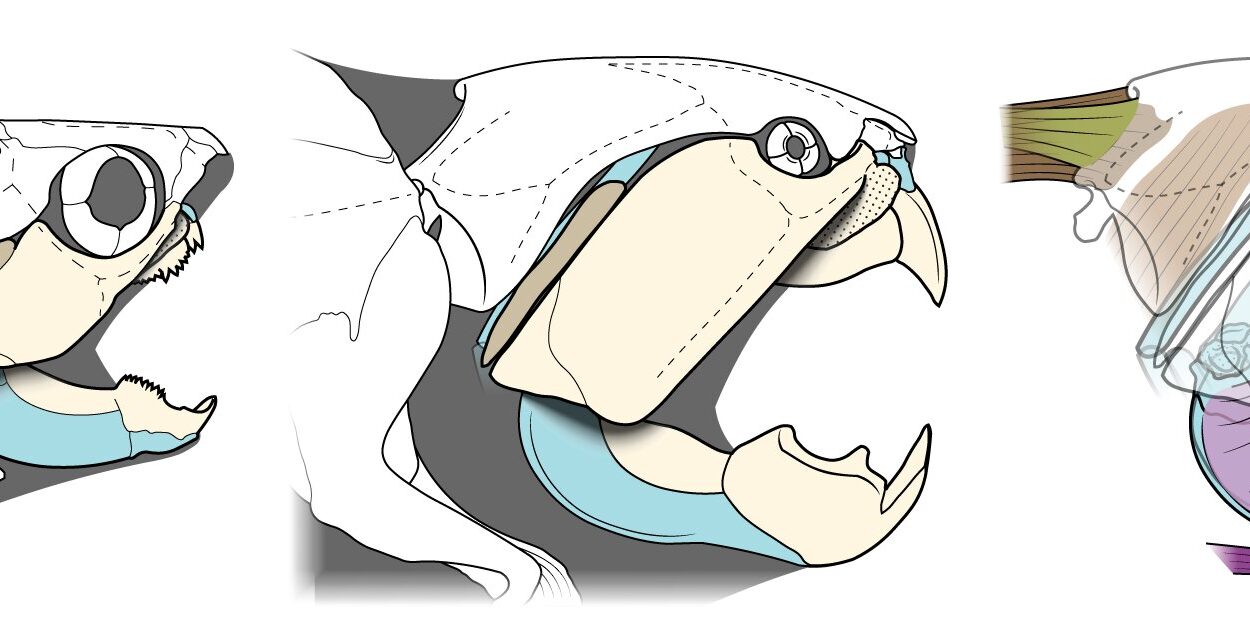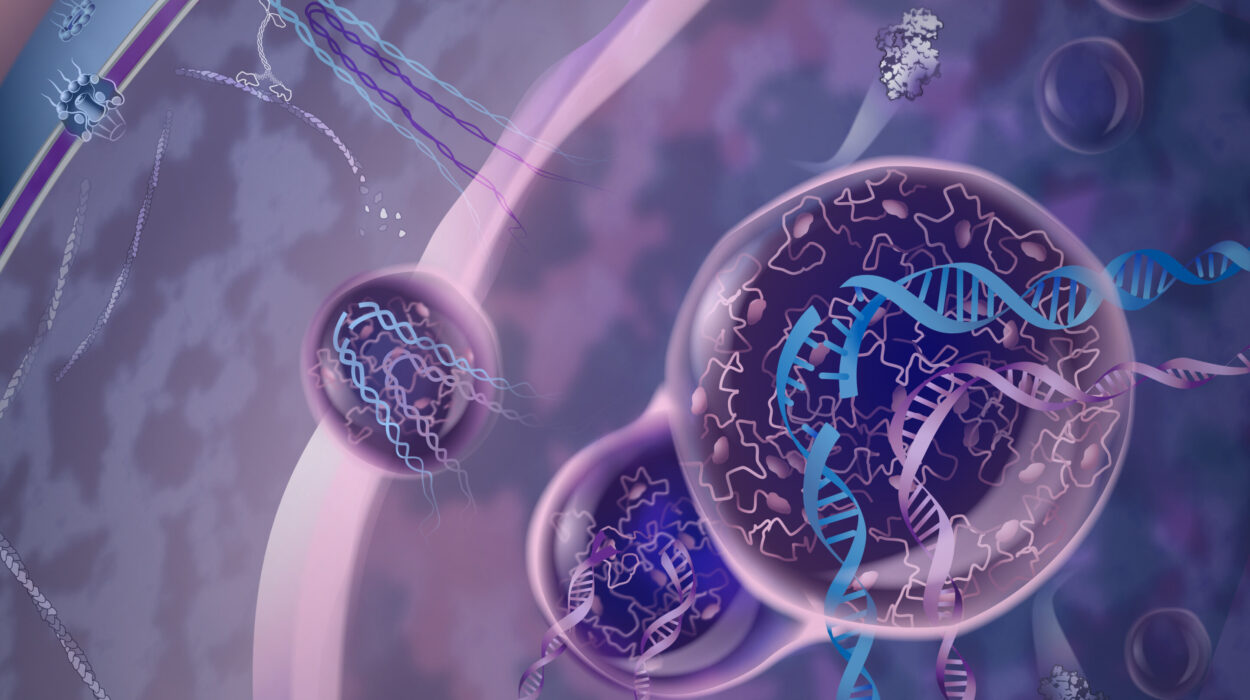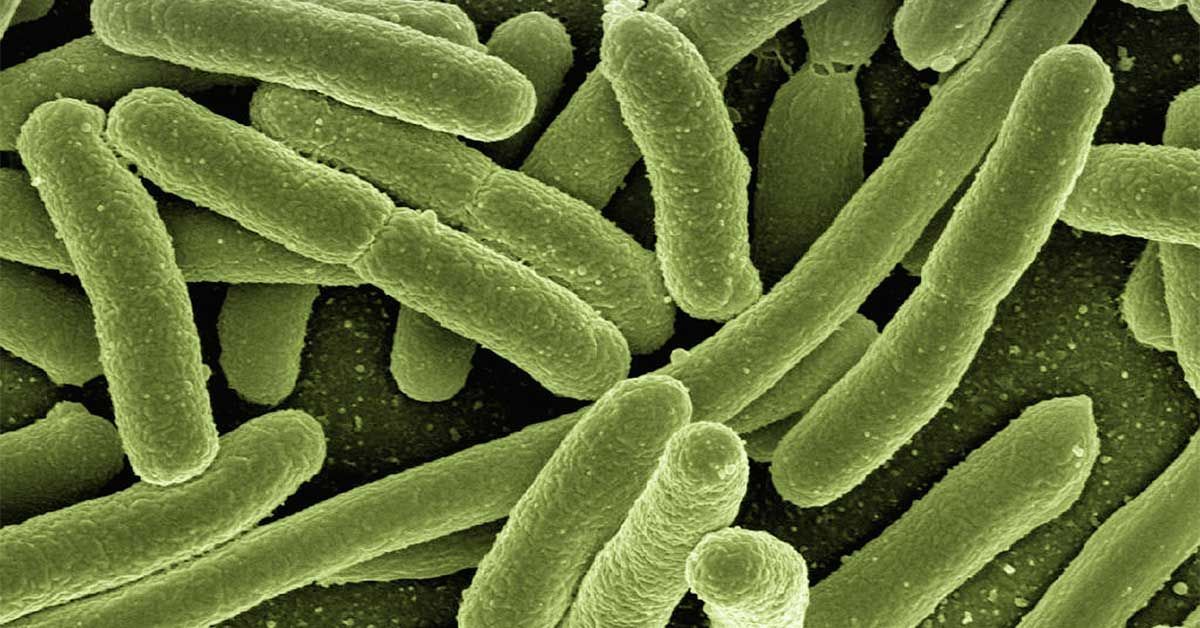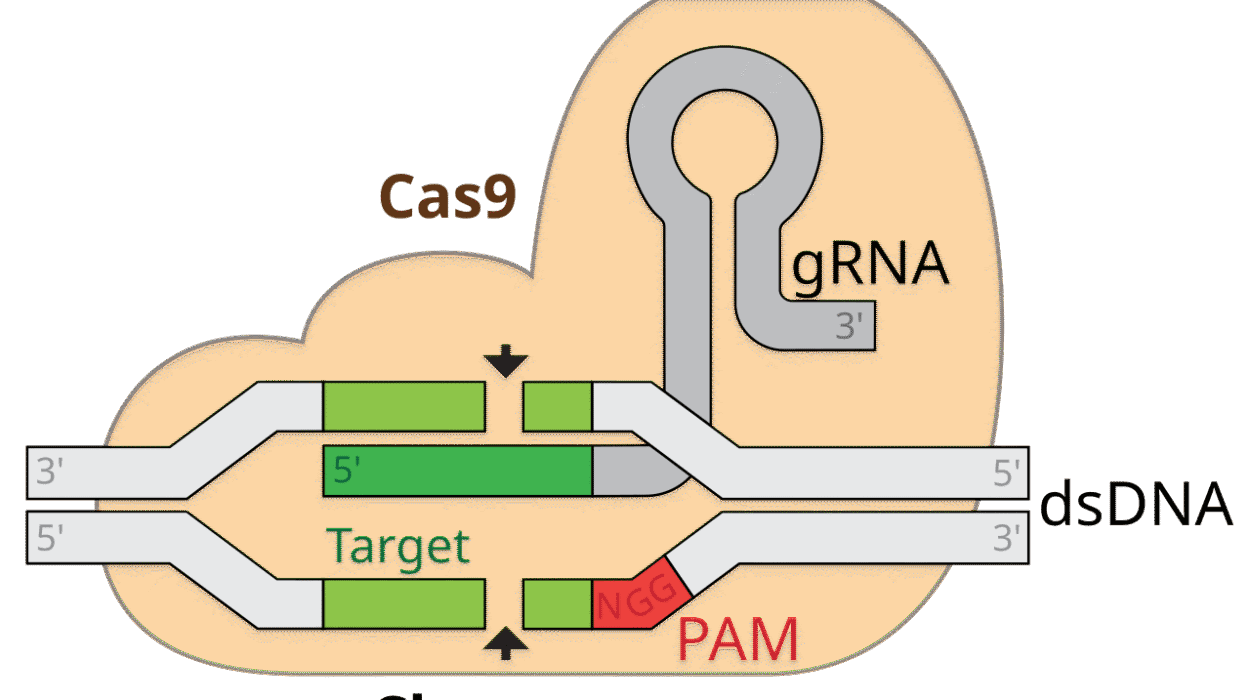Every second of every day, an invisible drama unfolds within you. Billions of tiny, intricate structures buzz with life, working together in perfect harmony to keep you breathing, thinking, and existing. These are cells—the smallest units of life, the building blocks of every living creature on Earth. While we move through life unaware, an entire microscopic universe thrives beneath our skin, in our organs, and in every leaf and drop of water we encounter.
The discovery of cells transformed science forever. When Robert Hooke peered through his primitive microscope in 1665 and saw tiny “compartments” in a slice of cork, he unknowingly opened a doorway to this hidden world. Since then, our understanding of cells has exploded, revealing a universe of staggering complexity and beauty, more wondrous than Hooke or his contemporaries could have imagined.
This is the story of that world—a journey through the microscopic wonders that form the foundation of life. It is a story of architecture and communication, of miniature machines and bustling factories, of a delicate yet resilient dance that makes existence possible. To explore the cell is to glimpse the very essence of life itself.
The Miracle of Life’s Architecture
Cells are often described as the “building blocks of life,” but this metaphor only scratches the surface of their intricacy. Imagine a vast city—self-sufficient, with power plants, factories, waste disposal systems, communication networks, and security forces—all operating within boundaries that both protect and interact with the outside world. A single cell embodies this city, functioning autonomously yet cooperating with others to form tissues, organs, and entire organisms.
There are two primary kinds of cells: prokaryotic and eukaryotic. Prokaryotic cells, such as bacteria and archaea, are the simplest, lacking a nucleus or complex internal compartments. They are ancient and incredibly resilient, able to thrive in environments that would kill most other life forms. Despite their simplicity, they are masters of adaptation and have dominated Earth for billions of years.
Eukaryotic cells, found in plants, animals, fungi, and protists, are more elaborate. They contain a nucleus that safely houses genetic material and numerous specialized compartments called organelles. These organelles each have unique roles—like tiny organs within a miniature body—working together in intricate cooperation. The evolution of eukaryotic cells was a monumental leap in complexity, allowing multicellular life, including humans, to flourish.
The Cellular Boundary: Guardians of Life
The first thing that defines a cell is its boundary: the cell membrane. This delicate yet remarkably effective barrier is composed of a double layer of lipids embedded with proteins, forming a selective gateway between the cell’s interior and its environment.
Far from being a static wall, the membrane is dynamic and responsive. Proteins embedded within it act as receptors, channels, and transporters, allowing the cell to communicate with its surroundings and control what enters or leaves. Nutrients flow in, waste is expelled, and signals are transmitted in a constant dialogue that maintains the delicate balance of life.
In plants, fungi, and many bacteria, an additional protective layer called the cell wall surrounds the membrane. This rigid structure provides support and shape, allowing plants to grow tall and withstand environmental stresses. The cell wall’s composition differs across life forms—cellulose in plants, chitin in fungi, peptidoglycan in bacteria—yet its purpose is universal: to shield life’s most precious architecture.
The Nucleus: Command Center of Life
At the heart of a eukaryotic cell lies the nucleus, a spherical structure often called the cell’s “command center.” Inside, coiled and folded strands of DNA contain the instructions for building and maintaining life. Every protein, every cellular process, is ultimately guided by this genetic blueprint.
Within the nucleus, DNA is wrapped around proteins called histones, forming a complex known as chromatin. Depending on the cell’s needs, certain regions of chromatin loosen to allow genes to be read and transcribed into RNA. These RNA messages leave the nucleus through tiny pores, entering the cytoplasm where they direct the assembly of proteins.
The nucleus also houses the nucleolus, a dense, active site where ribosomes—the molecular machines that build proteins—are assembled. From this central hub, the cell’s activities are coordinated with precision, ensuring that growth, division, and repair occur in harmony.
The Power Plants: Mitochondria and Energy Flow
Cells, like cities, need energy. This vital power is generated by mitochondria, often called the “powerhouses” of the cell. These remarkable organelles take in nutrients, primarily glucose and oxygen, and through a process known as cellular respiration, convert them into adenosine triphosphate (ATP)—the energy currency that fuels virtually every cellular process.
Mitochondria have a fascinating history. Billions of years ago, they were likely free-living bacteria that entered into a symbiotic relationship with early eukaryotic cells. Over time, they became permanent residents, retaining their own small genome as a relic of their independent past. This evolutionary partnership was transformative, enabling cells to produce vastly more energy and paving the way for complex life to evolve.
The internal structure of mitochondria is a marvel of efficiency. Their inner membrane is folded into cristae, creating a large surface area for energy production. As electrons flow through chains of proteins embedded in this membrane, they drive the synthesis of ATP, capturing energy in a form the cell can readily use. Without mitochondria, complex, energy-demanding organisms like humans could not exist.
Protein Factories: Ribosomes and the Endoplasmic Reticulum
Proteins are the workhorses of the cell, responsible for nearly every task—structural support, catalyzing chemical reactions, transporting molecules, and transmitting signals. The creation of these essential molecules takes place at ribosomes, tiny factories that translate RNA instructions into chains of amino acids, which fold into functional proteins.
Ribosomes can float freely in the cytoplasm or attach to the endoplasmic reticulum (ER), a sprawling network of membranes. The ER comes in two forms: rough (studded with ribosomes) and smooth (without ribosomes). The rough ER specializes in producing proteins destined for membranes or export from the cell, while the smooth ER is involved in synthesizing lipids, detoxifying chemicals, and storing calcium ions.
From the ER, newly made proteins are packaged into vesicles and sent to the Golgi apparatus, a structure that modifies, sorts, and ships proteins to their final destinations. This intricate system of production and distribution rivals any human manufacturing process in complexity and precision.
The Cytoskeleton: Highways and Support Structures
Beneath the cell’s seemingly fluid interior lies a hidden scaffold: the cytoskeleton. Made of protein filaments—microtubules, actin filaments, and intermediate filaments—this structure gives the cell its shape, allows it to move, and organizes its internal components.
Microtubules act as highways along which molecular motors ferry cargo to different parts of the cell. Actin filaments enable cells to change shape and crawl across surfaces, crucial for processes like wound healing and immune responses. Intermediate filaments provide tensile strength, ensuring that cells can withstand physical stress.
The cytoskeleton is not static; it constantly remodels itself in response to signals, allowing cells to adapt to their environment. This dynamic architecture enables everything from the graceful movement of single-celled organisms to the complex developmental processes that shape multicellular life.
Communication and Signaling: The Language of Cells
Cells do not live in isolation—they are constantly communicating. Chemical signals, transmitted as hormones, neurotransmitters, or local messengers, allow cells to coordinate their behavior. Receptors on the cell membrane detect these signals, triggering cascades of molecular interactions inside the cell that alter gene expression, metabolism, or activity.
In multicellular organisms, this communication is essential for maintaining balance. When you cut your finger, signaling molecules summon immune cells to fight infection and fibroblasts to repair tissue. When you grow, hormones tell cells when to divide and when to stop. Even within a single cell, organelles communicate through vesicles and signaling pathways, maintaining internal harmony.
Faults in these communication systems can lead to disease. Cancer, for example, often arises when signaling pathways controlling cell division malfunction, allowing uncontrolled growth. Understanding cellular communication is therefore crucial not just for biology, but for medicine and health.
The Dance of Cell Division
Life depends on cells reproducing themselves. Through cell division, organisms grow, tissues regenerate, and life continues from one generation to the next. There are two main types of cell division: mitosis and meiosis.
Mitosis is the process by which somatic (non-reproductive) cells duplicate. A parent cell copies its DNA, aligns its chromosomes, and splits into two genetically identical daughter cells. This ensures that as we grow or heal, new cells replace old ones with perfect fidelity.
Meiosis, in contrast, creates reproductive cells—sperm and eggs. It halves the number of chromosomes, ensuring that when fertilization occurs, the resulting embryo has the correct genetic complement. Meiosis also introduces genetic variation, shuffling DNA to create the diversity that drives evolution.
The precision of these processes is astonishing. Molecular checkpoints ensure that DNA is copied accurately and that errors are corrected. When these safeguards fail, the consequences can be severe, leading to genetic disorders or cancer. Yet despite the risks, cell division has sustained life for billions of years, allowing it to flourish and diversify.
Specialized Cells: Masters of Unique Tasks
While the basic blueprint of a cell is universal, specialization has allowed life to achieve extraordinary complexity. In multicellular organisms, cells differentiate to perform specific tasks, forming tissues and organs with unique functions.
In humans, nerve cells (neurons) develop long extensions to transmit electrical signals rapidly across the body. Muscle cells pack themselves with contractile proteins to generate force and movement. Red blood cells lose their nuclei entirely to maximize space for hemoglobin, efficiently transporting oxygen.
Plants have their own array of specialized cells. Guard cells regulate gas exchange in leaves, xylem cells form hollow tubes that transport water, and chloroplasts within plant cells capture sunlight to produce energy through photosynthesis.
This specialization is coordinated by intricate genetic and biochemical signals, ensuring that each cell type contributes to the organism’s survival while remaining part of a cooperative whole.
Cellular Defense: Guardians of Health
Cells are not defenseless. They possess sophisticated systems to detect and respond to threats, whether from invading microbes or internal malfunctions. The immune cells of animals, for instance, patrol the body, recognizing and destroying foreign invaders. White blood cells can engulf bacteria, release toxic chemicals, or coordinate attacks through signaling molecules.
Even individual cells have defenses. They can detect viral infections and trigger apoptosis—programmed cell death—to prevent the virus from spreading. They produce antioxidants to neutralize harmful molecules and repair damaged DNA to preserve genetic integrity.
These defense mechanisms are the result of millions of years of evolution, enabling organisms to survive in a world teeming with challenges. Understanding these processes has revolutionized medicine, leading to vaccines, antibiotics, and therapies that harness the immune system to fight disease.
A Symphony of Microscopic Life
The cell is not just a machine; it is a symphony of interconnected processes. Each organelle, each molecule, plays a part in sustaining life. Energy flows from mitochondria, instructions flow from the nucleus, and proteins shuttle messages and materials like an orchestra in perfect synchronization.
Remarkably, this harmony persists across trillions of cells in complex organisms. In humans, specialized cells form tissues that work together—heart cells beating in rhythm, neurons firing in complex patterns, skin cells forming protective barriers. This coordination gives rise to consciousness, sensation, and thought—the very experiences that allow us to contemplate cells in the first place.
The Frontier of Cellular Discovery
Despite centuries of study, cells continue to surprise us. Modern imaging techniques reveal stunning details of their inner workings. Advances in molecular biology allow us to manipulate genes, reprogram cells, and even grow organs in the lab. Stem cell research holds the promise of regenerating damaged tissues, while synthetic biology seeks to design entirely new forms of life from the cellular level.
The discovery of CRISPR gene-editing technology, derived from bacterial defenses against viruses, has revolutionized our ability to edit DNA. With it, we can correct genetic defects, study diseases in unprecedented detail, and perhaps one day cure conditions long thought untreatable.
Cells also play a key role in understanding aging, cancer, and immunity. As we uncover how cells communicate, divide, and respond to stress, we edge closer to therapies that could extend healthy lifespan or halt degenerative diseases.
A Universe Within
To explore the world of cells is to journey inward into a realm of astonishing complexity and beauty. These microscopic wonders are not passive particles; they are bustling, dynamic entities engaged in constant activity, cooperation, and adaptation.
Every heartbeat, every thought, every breath is made possible by the coordinated efforts of countless cells. They are the true architects of life, shaping everything from the simplest bacteria to the most complex organisms. And though they are invisible to the naked eye, their impact is immeasurable.
When we look at a tree, a bird, or another human being, we are seeing the miraculous result of cellular collaboration. Even the act of reading this article—the neurons firing, muscles moving your eyes, the memory of words forming meaning—is an intricate dance of cells working together in perfect unity.
Cells remind us that life’s greatest wonders often lie hidden from view. Beneath the surface of every living thing, a microscopic universe hums with vitality, carrying forward the story of life that began billions of years ago. To understand cells is to understand ourselves—not as isolated beings, but as vast, interconnected communities of microscopic wonders, each alive with purpose and potential.
